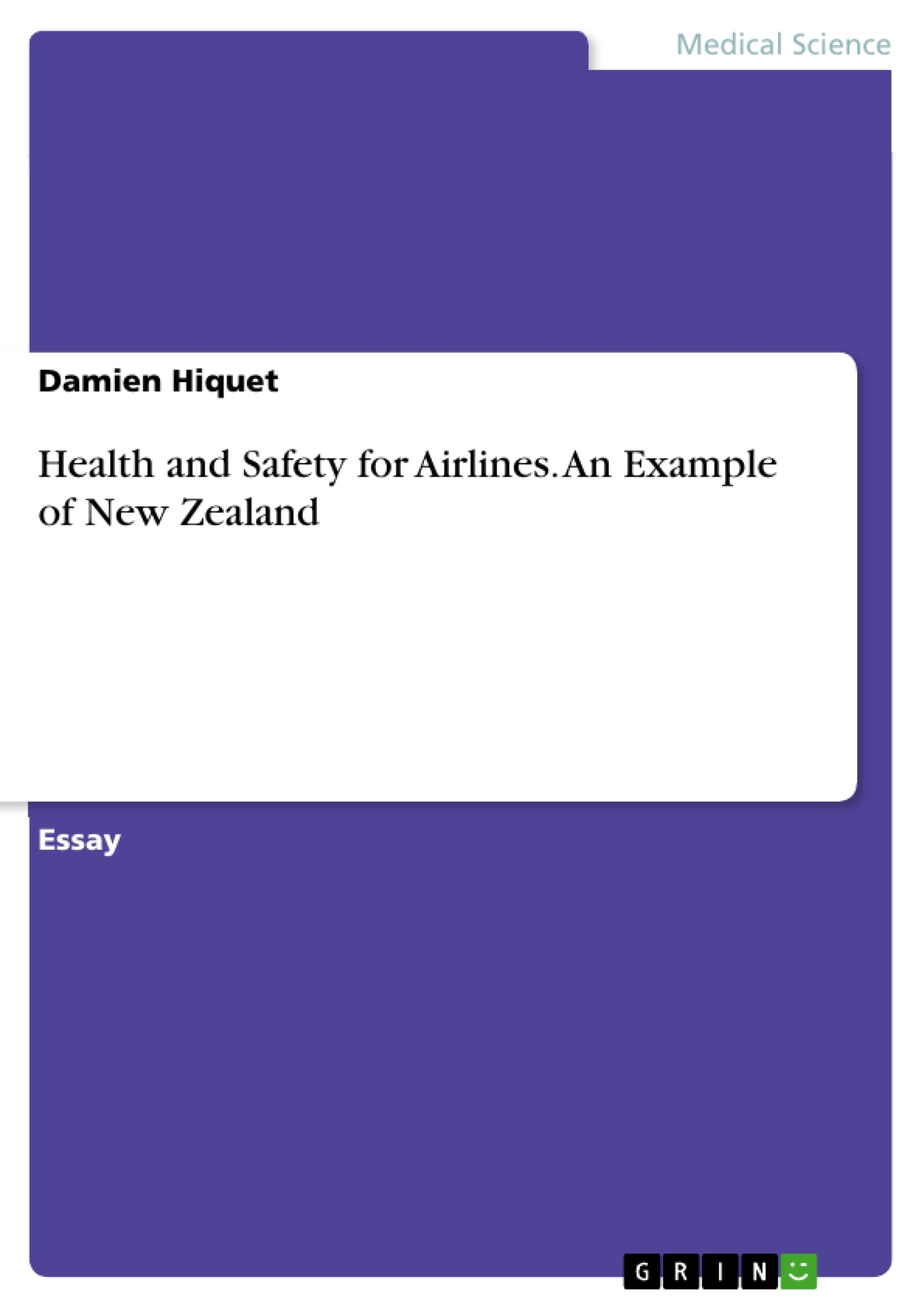This paper deals with Airline Occupational Health and Safety Management practice.
An airline is a complex organization with multiple management systems, dispersed operations, many technical functions, highly regulated- overlapping State jurisdiction, and subject to multiple national regulations.
Therefore, senior officers such as the Chief Executive Officer (CEO) and board directors must exercise due diligence on health and safety by having a good understanding of the risk profile of its operations, the key controls in place, and a system of providing information on whether these controls are working. In addition, leaders need to demonstrate to their staff, their suppliers, customers, and contractors that they mean it.
Table of contents
1. Introduction
2. Organisational Governance and Operations
2.1 The need to improve
2.2 The Benefits
3. HSWA 2015 Organisation Roles and Responsibilities
3.1 Key terms
3.2 Duties of PCBU
3.3 Duties of officers, workers, and other persons
3.4 Engagement and participation
4. Health and Safety Management Systems (HSMS)
4.1 Policy and planning
4.2 Delivery
4.3 Monitoring
4.4 Review
5. Conclusion



